Hospitals do not get any sort of trial run when they open their doors. On Day 1, everything must be ready to safely treat patients with uninterrupted care, support staff, and operate seamlessly. For project managers (PM), it’s about more than delivering a completed building. A successful Day 1 means anticipating and coordinating the people, systems, workflows and milestones that define readiness long before ribbon cutting.
What readiness means
From the PM’s perspective, Day 1 readiness is ensuring that the finished space not only meets design intent but also aligns with the hospital’s operational vision. This process includes: passing code and fire and life safety inspections; completing mechanical, electrical, plumbing (MEP) and HVAC system commissioning; installing and testing medical equipment; and ensuring clinician and administrative workflows function as intended.
When hospitals do not prioritize readiness early, the most immediate risk is a delayed opening. Delays in IT coordination or missed inspections can threaten certificates of occupancy, forcing hospitals to reschedule move-ins, training and go-lives. For example, if IT coordination is not completed before drywall installation, teams might have to reopen and refinish walls to accommodate rerouted cables, leading to costly rework and lost time.
Roles and goals
PMs and facilities operations teams play distinct but complementary roles in hospital construction projects. While PMs oversee construction timelines, budget and the architecture, engineering and construction teams — including managing RFIs, change orders and vendors — facilities teams focus on what happens after construction: staffing, maintenance, equipment operation and survey readiness.
Collaboration is critical. PMs must over-communicate with operations teams through regular meetings, walkthroughs and shared documentation. From floor plans to schedule milestones, transparency ensures alignment, prevents duplicate efforts and builds trust. When PMs and facilities operations teams work hand-in-hand, smoother transition with stronger outcomes result.
Stakeholders in the spotlight
Day 1 planning stakeholders include clinicians, IT, facilities and plant operations, infection prevention, supply chain and security. These teams, along with third-party inspectors and authorities with jurisdiction, are ultimately responsible for ensuring a hospital can safely, legally and functionally open its doors. Involving all parties who will assume responsibility at handover is essential for readiness.
Early engagement is also essential. Sharing the project scope, goals, floor plans and timelines ensures every team can work towards the same benchmarks. End users should be considered from the outset, especially to validate workflows and ensure design supports real-world operations. Mock-ups, tabletop reviews and floor plan simulations help translate architectural intent into practical, patient-centered functions. These simulation exercises also give clinicians opportunities to share feedback and propose alternative solutions, reducing the potential for frustrations or confusion on Day 1. These exercises are especially important for operating and emergency rooms, where layouts and locations for fixed equipment can impact functionality.
Tools such as milestone trackers, building readiness dashboards, mock room setups and responsibility matrices bring accountability. For example, mock rooms allow stakeholders to simulate workflows and test spatial layouts early, helping identify functional issues and prompting teams to take ownership over resolving them ahead of Day 1.
The goal goes beyond meeting deadlines. Every detail, from door clearances that accommodate critical equipment to the precise placement and functionality of medical gas outlets, has been vetted and verified by relevant stakeholders.
Logistics, commissioning and training
As project completion nears, the focus shifts to orchestration. Sequencing move-ins, equipment deliveries, IT setup and staff onboardings require granular coordination. Readiness checklists must include: loading sequencing and stocking plans; vendor equipment scheduling; white glove cleaning and final inspections; security and access protocols; and certifications, licenses and issue logs.
Commissioning and readiness need to move in tandem. While commissioning agents focus on MEP system installation and performance, the hospital operations team prepares staff and coordinates logistics. Mock runs, equipment testing and supply stock verification bridge the gap between technical specifications and actual use.
Hospital staff training also demands careful planning. PMs establish timelines and track systems early, with training beginning three to six months prior to opening, ideally. So-called super user groups are a helpful model, empowered to coordinate department-specific sessions, track participation and administer refreshers.
Compliance, contingency, communication
Compliance with regulatory requirements is another pillar of Day 1 readiness. PMs can support leadership by preparing pre-occupancy checklists for each room, conducting walkthroughs and reviewing environmental checklists and critical inspection criteria. PMs can prevent this by building float into the schedule, mapping all inspection requirements early — fire marshal, elevator, etc. — and organizing pre-inspections to identify issues in advance. Scheduling coordination drills and mock inspections across departments can also uncover hidden gaps.
Contingency planning is also important. Float time, backup equipment, onsite spares and proactive vendor coordination provide flexibility. Even with buffers, phased openings should only be considered after careful evaluation.
While they might offer flexibility, not all departments can function independently. For instance, operating rooms and central sterile processing must go live together. PMs must help leadership weigh the risks, costs and sequencing implications to determine if partial opening is safe, feasible and worthwhile.
Looking ahead
Today’s hospital projects come with new expectations. Design must account for flexibility, future patient surges and infection control.
For example, during the construction of South Brooklyn Health in New York, headwalls were modified with two sets of medical gas systems on either side to support two patients per bay, anticipating fluctuations in emergency room needs. Additional negative pressure rooms now come standard to support infection control. Telehealth infrastructure is also a priority, enabling remote monitoring and care coordination that has become essential in post-COVID care models.
Day 1 readiness is a months-long, complex effort that requires precision, foresight and communication. For new PMs navigating this process for the first time, the advice is simple: Overcommunicate, manage expectations transparently, and center every decision around patient safety.
Kristina Stacom is associate project manager with Group PMX.
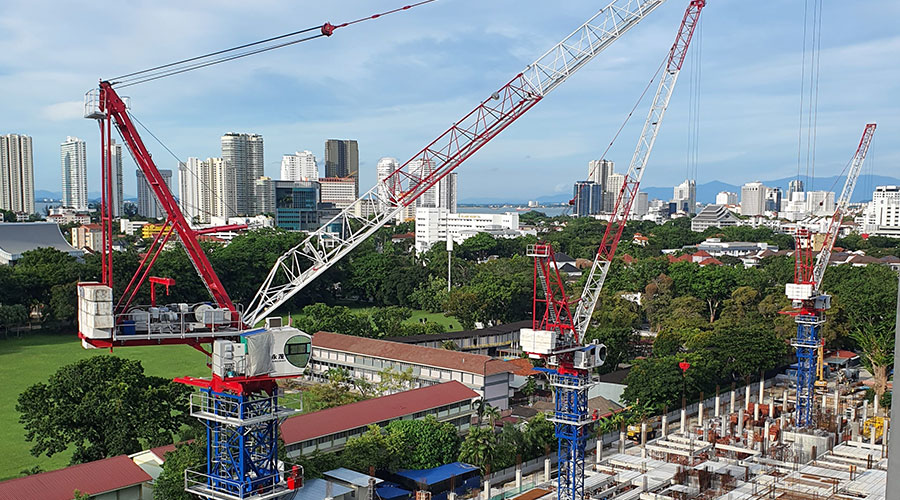
 State of the Facilities Management Industry in 2025
State of the Facilities Management Industry in 2025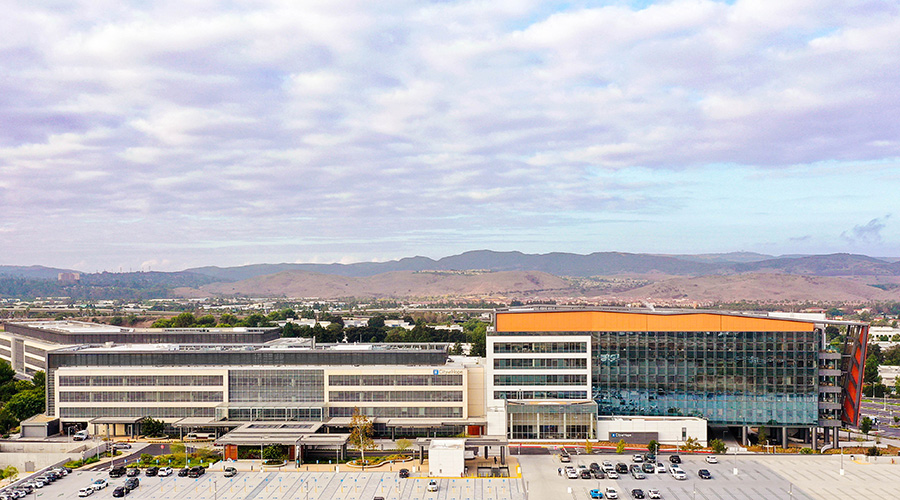 City of Hope to Open New Cancer Specialty Hospital in California
City of Hope to Open New Cancer Specialty Hospital in California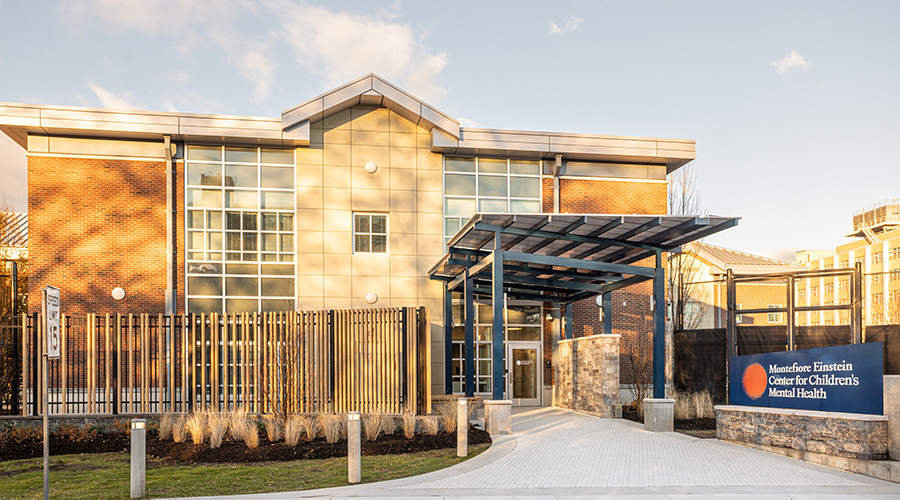 Montefiore Einstein Opening New Inpatient Center for Youth in the Bronx
Montefiore Einstein Opening New Inpatient Center for Youth in the Bronx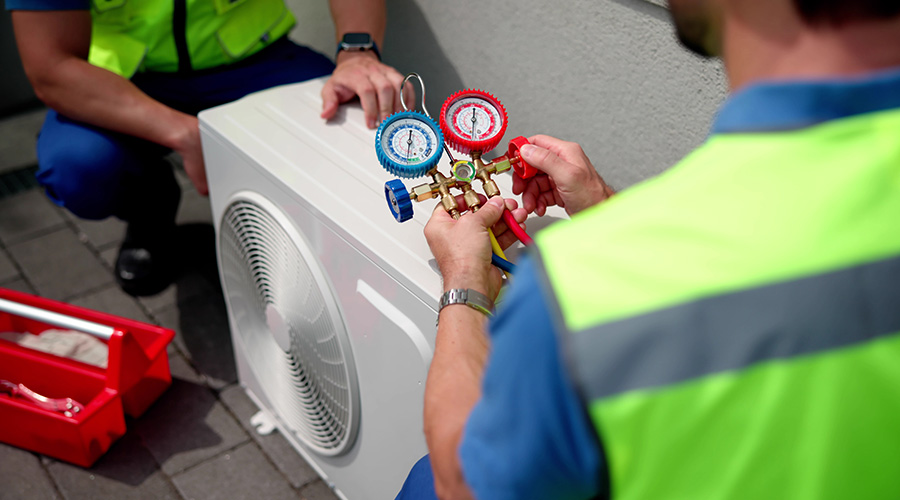 Skill Stacking: How Micro-Credentials Are Reshaping Trades
Skill Stacking: How Micro-Credentials Are Reshaping Trades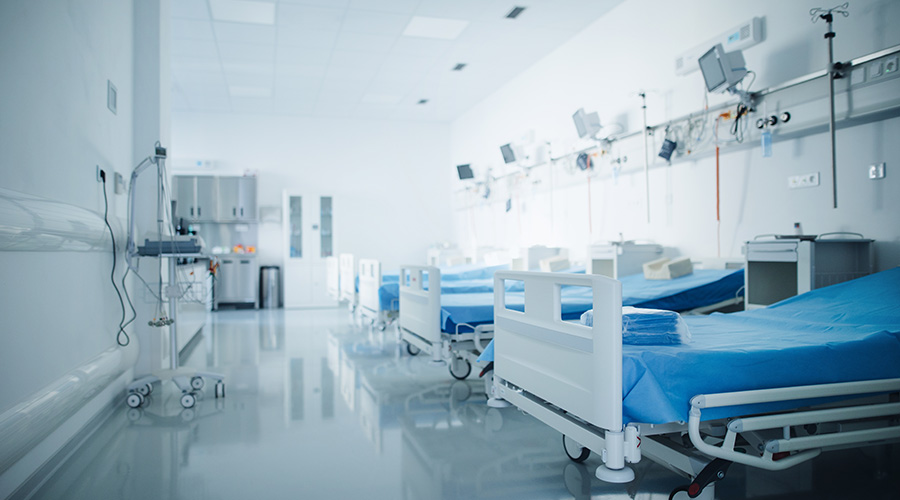 Prima Medicine Opens New Location in Tysons, Virginia
Prima Medicine Opens New Location in Tysons, Virginia